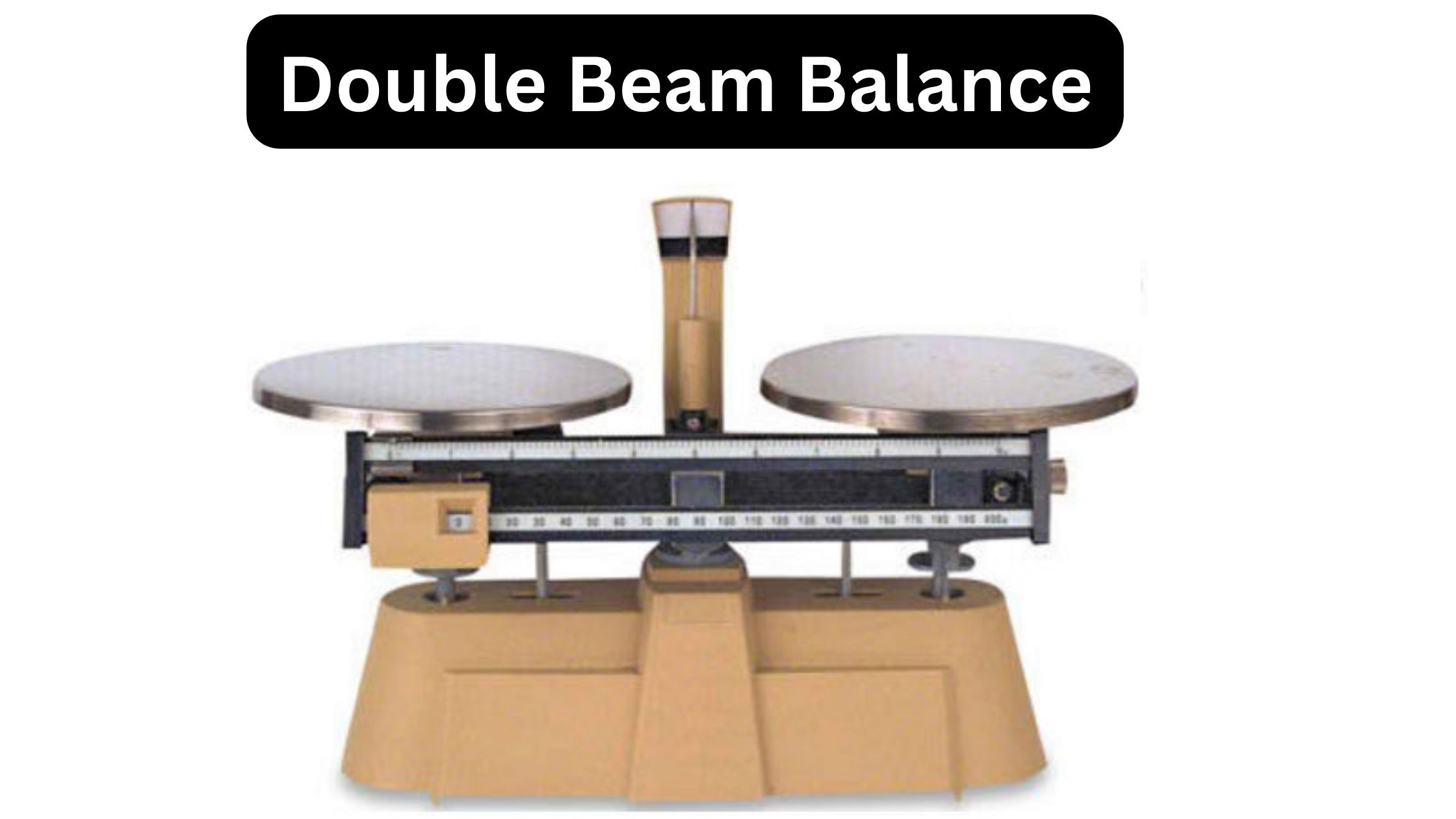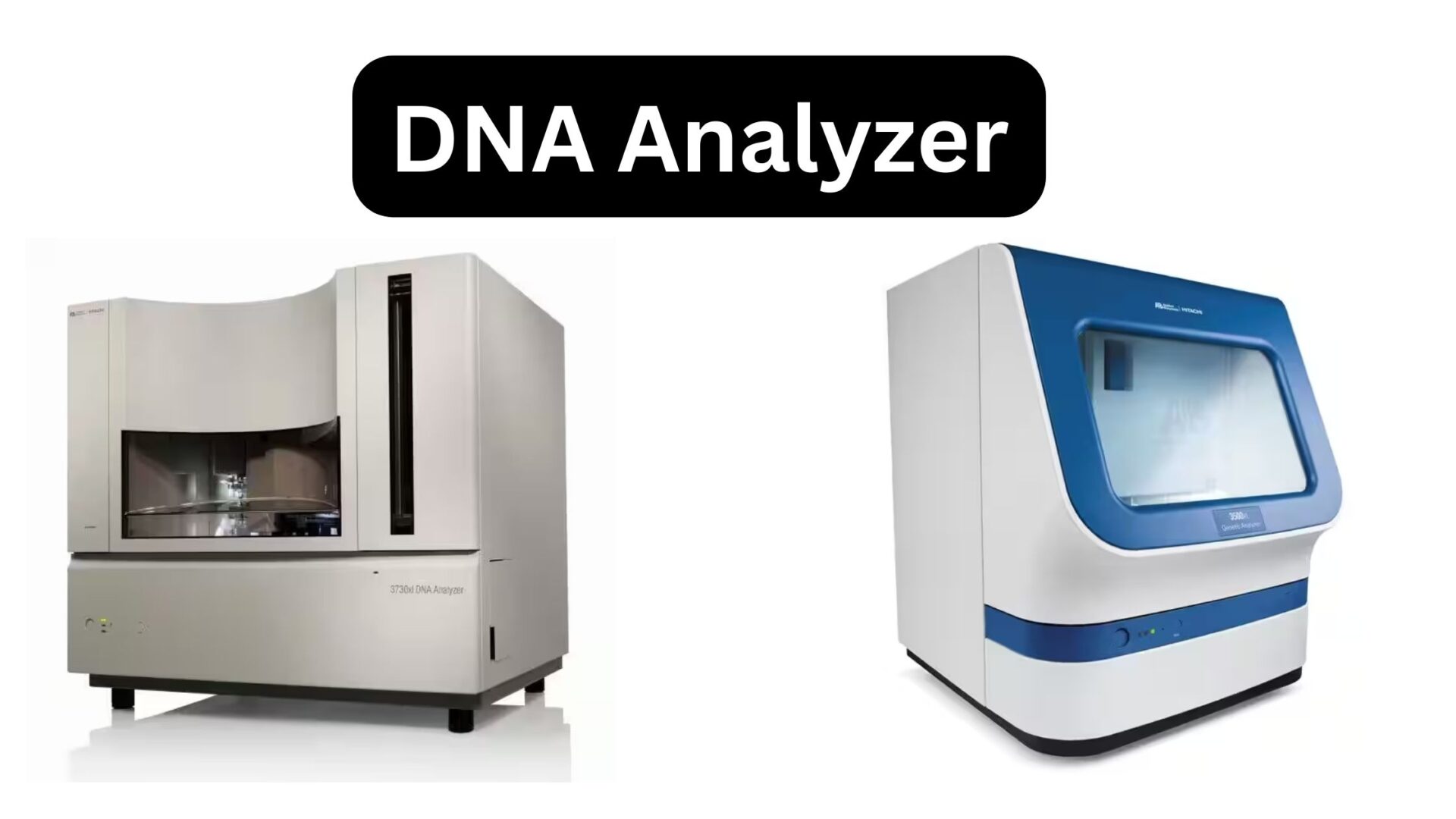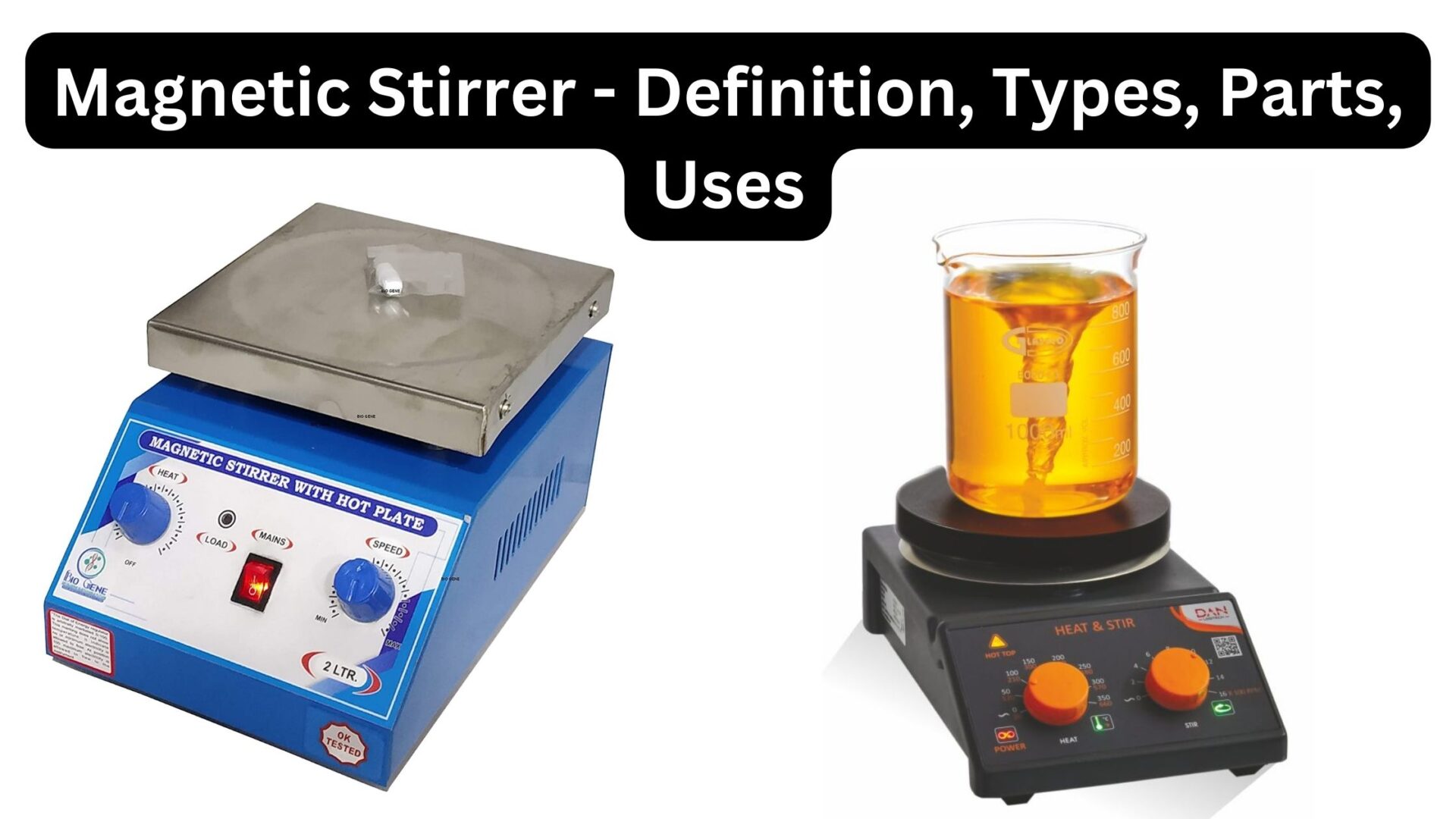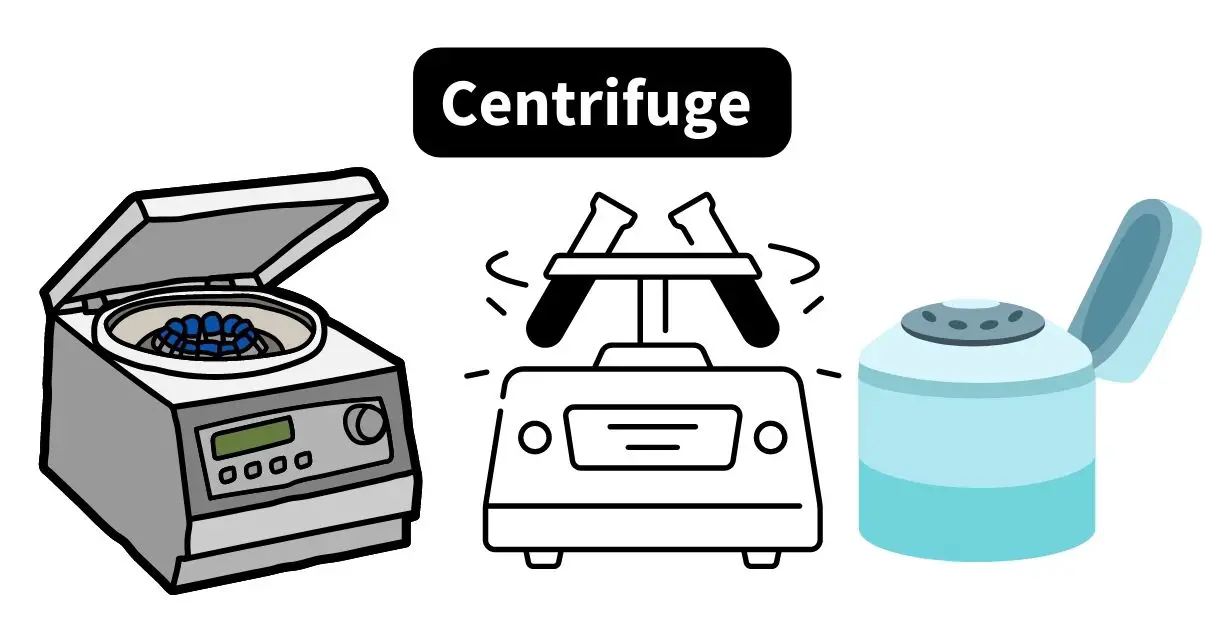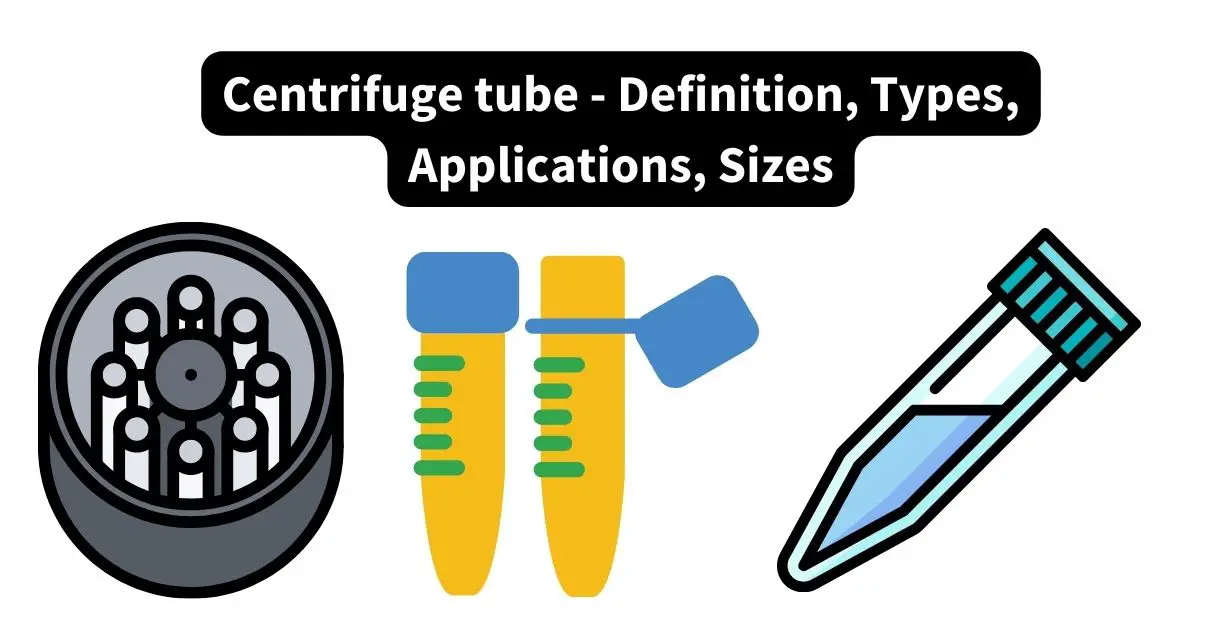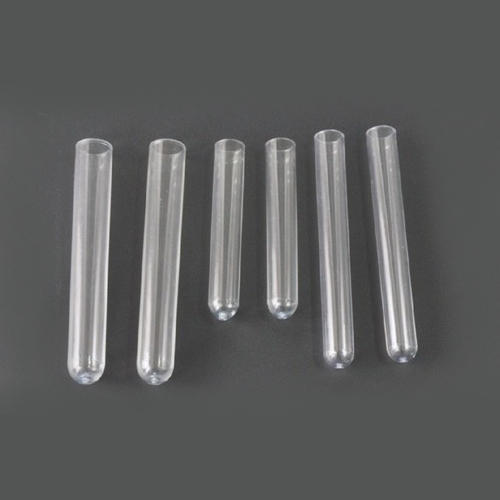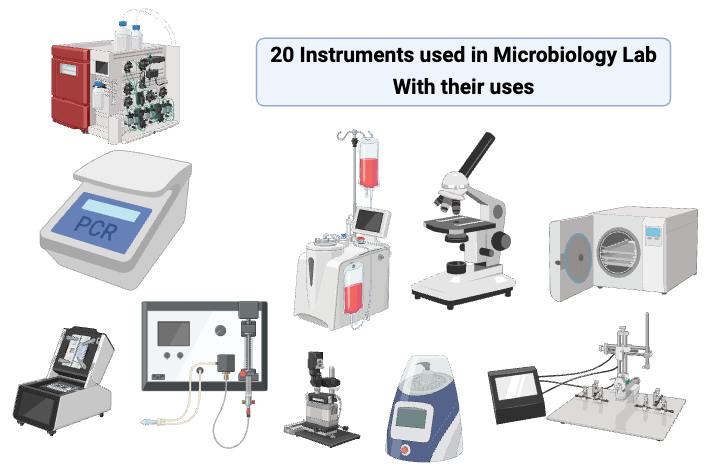Laboratory Flask – Types, Procedure, Limitations, Uses
What is Laboratory flask? Purpose of Laboratory flask Materials used to construct Lab Flask Features of Laboratory flask Types of Laboratory Flask Essential glassware in scientific environments, laboratory flasks are made for mixing, heating, chilling, and chemical compound storage. Each shaped and sized to fit particular uses, they are rather diverse. Here are some typical … Read more

